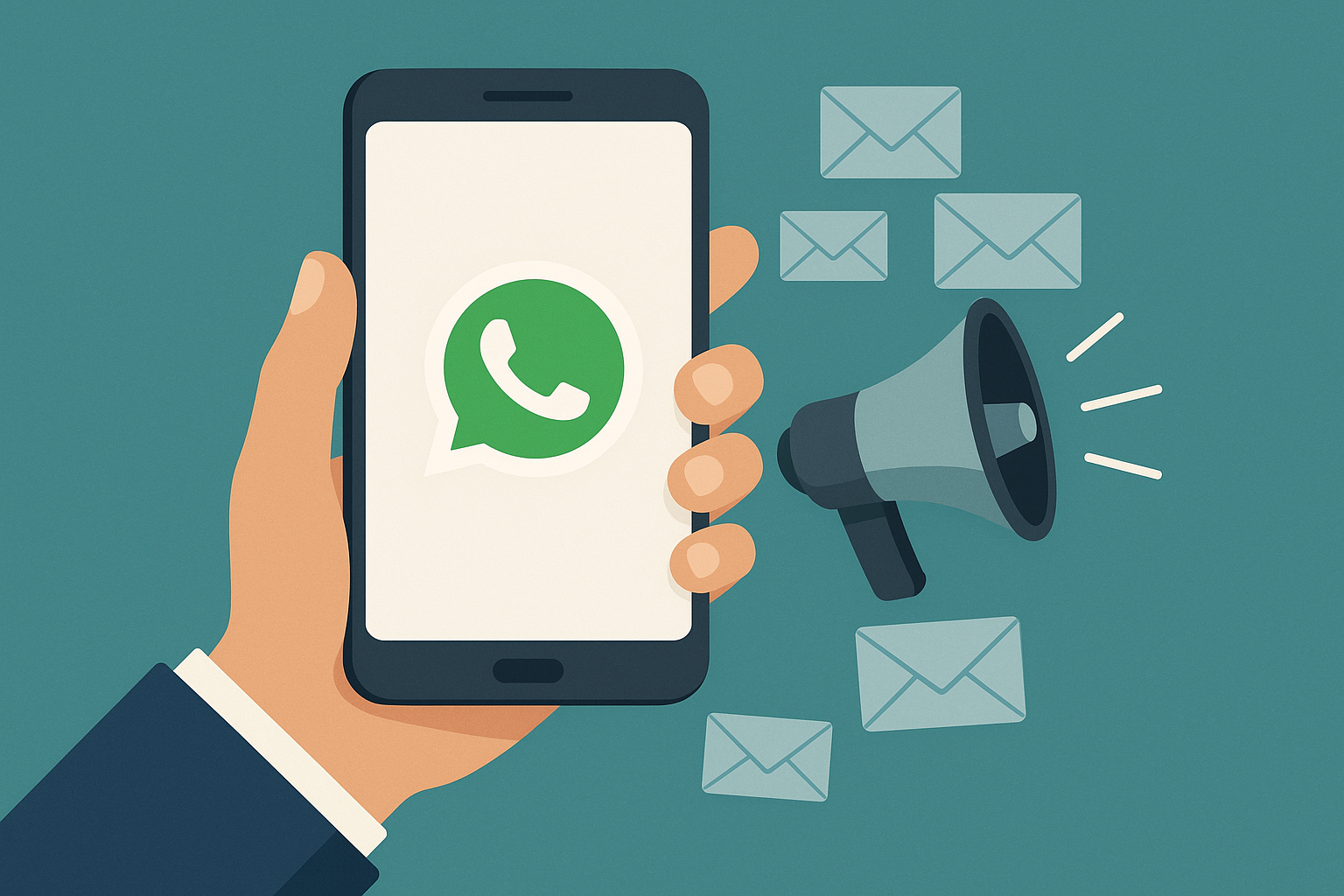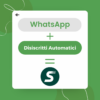Just before this year's Mobile World Congress, Google announced that more than 40 mobile operators and device manufacturers now use its RCS platform (up from 27 this time last year).
Ha anche usato l’evento per raccontare alcune delle sue prime applicazioni. Negli Stati Uniti, nomi familiari come Booking.com e Subway stanno già inviando messaggi RCS ai clienti Sprint, mentre nel Regno Unito, Barclays, Hermes, British Gas, Pizza Hut Delivery e Foxtons utilizzano RCS su Vodafone.
Che cos’è RCS?
Immagina di essere sulla strada per l’aeroporto. Il telefono esegue il ping. Hai un messaggio dalla tua compagnia aerea. All’interno del messaggio è presente la carta d’imbarco con nome, codice a barre, orario di partenza, mappa del gate di partenza e numero del posto. Non hai voglia di un posto vicino al finestrino, ma va bene, puoi fare clic sul pulsante “cambia posto”.
Sembra che tu sia tutto risolto. Ma hai ancora domande. Bene, basta iniziare una conversazione di testo con l’agente della compagnia aerea (o forse un chatbot) e chiedere via. Dopotutto, questo è un messaggio.
Bene, sì, è un messaggio. In realtà, tuttavia, questa esperienza ha fornito tutte le informazioni, utilità e convenienza che in genere richiedono un’app nativa. Ma con nessuna delle spese necessarie per lo sviluppo del marchio. E nessuno dei fan ha richiesto al cliente di scaricarne uno.
Questo è il motivo per cui molti credono che un nuovo tipo di formato di messaggio multimediale possa essere la sostituzione a lungo termine dell’app. In effetti, un tale formato è già qui. Si chiama RCS.
Rich content
Lo standard Universal Communication 2.0 di Rich Communication Services (RCS) fornisce messaggi che contengono funzionalità di contenuto avanzato come immagini, video e pulsanti di risposta che possono collegarsi ad altri menu e funzioni.
È essenzialmente SMS 2.0. Ora, gli operatori del mondo, in collaborazione con Google, stanno costruendo l’infrastruttura per mettere RCS su tutti i telefoni del mondo. Stanno facendo progressi. Alla fine dell’anno scorso, l’ente gestore GSMA ha confermato che 50 operatori mobili hanno già lanciato RCS e che attualmente ha 138 milioni di utenti attivi mensili in tutto il mondo.
Al momento in cui scrivo, RCS è disponibile su dispositivi Android solo poiché Apple non ha ancora effettuato la registrazione. A lungo termine, è possibile che molte centinaia di milioni di persone utilizzino RCS come servizio di messaggistica predefinito. Infatti, GSMA proietta oltre un miliardo di utenti attivi mensili entro il 2019. Ciò equivarrebbe alle tre app di messaggistica da persona a persona più popolari utilizzate a livello globale (Whatsapp, Facebook Messenger e WeChat).
Naturalmente, molti lettori si chiederanno se è necessario sostituire le app. Dopotutto, gli studi suggeriscono che il mercato delle app non è mai stato più sano. Questo è vero – fino a un certo punto. L’analista Sensor Tower ha riferito che i download globali di app di tutti i tempi hanno raggiunto i 23,4 miliardi nel terzo trimestre del 2017, con un aumento del 14% su base annua. Tuttavia, ha anche rivelato che le quattro principali app di Facebook – Facebook, WhatsApp, Messenger e Instagram – hanno registrato 582 milioni di download nel trimestre. È quasi la metà.
Development costs
Il take-away è ovvio. I consumatori adorano le app, ma la maggior parte ne usa solo una dozzina. Semplicemente non hanno lo spazio di testa o la memoria del telefono per altro. In effetti, una ricerca di ComScore nel 2017 ha mostrato che il 49% degli utenti di smartphone statunitensi scarica zero app in un mese tipico.
Ciò è allarmante per le aziende, soprattutto se si considera il budget necessario per creare un’app. Gli esperti affermano che i costi di sviluppo per le applicazioni eCommerce / transazionali partono da $ 200.000 (£ 145.000) e possono raggiungere $ 1 milione. I marchi lo sanno. Sono stati in giro per un’alternativa alle app per un po ‘.
Hanno esaminato i siti mobili HTML5, che offrono molte funzionalità simili ad app all’interno di un’esperienza web mobile. Tuttavia, le app Web possono costare decine di migliaia di dollari e richiedono comunque che un utente accenda un browser e (in alcuni casi) salvi la pagina sul suo schermo mobile.
La messaggistica avanzata sembra molto più praticabile dato che i portatili sarebbero stati forniti con questa impostazione di funzionalità per impostazione predefinita. Le aziende possono accedere a una dashboard che consente di inviare facilmente messaggi a un database di utenti attivato da un sistema basato su cloud. Il costo di questi messaggi deve ancora essere deciso, ma molti analisti prevedono che il costo sarà oggi paragonabile a quello degli SMS e probabilmente più economico per messaggio per lunghe conversazioni a due vie.
E evidentemente, qualsiasi campagna che utilizza la messaggistica sarà interattiva. RCS include conferme di lettura in modo che gli esperti di marketing possano eseguire test A / B, valutare il successo delle campagne e apportare modifiche al volo per migliorare le risposte.
Messages-as-a-platform
Forse l’aspetto più avvincente dell’idea di “messaggistica come piattaforma” è che la maggior parte dei marchi si sta già impegnando in questo tipo di attività, ma con gli SMS. Stanno usando il testo per inviare avvisi di consegna, codici PIN ecc. Secondo l’analista Ovum, le aziende hanno inviato 1,16 trilioni di cosiddetti messaggi di testo A2P (application-to-person) nel 2016 e ne invieranno 1,28 trilioni entro il 2019.
So migrating A2P from plain text to advanced RCS makes perfect sense. It goes without saying that the industry is working hard to encourage businesses to experiment. In February 2017, Google launched an early access program with select partners to allow brands to experience what it calls Rich Business Messaging.
L’elefante nella stanza è il modo in cui le aziende possono fornire comunicazioni senza interruzioni simili a un’app quando non tutti hanno un dispositivo abilitato per RCS. (Alcuni potrebbero indicare l’attuale mancanza di supporto da parte di Apple come un altro – Ed). Per semplificare questa sperimentazione, i marchi possono ora utilizzare “SMS fall-back”. Ciò garantisce che il messaggio arrivi sempre (come testo normale con un collegamento) se un dispositivo RCS non è presente sul dispositivo.
La summenzionata ricerca Ovum suggerisce che le imprese sono incuriosite. È emerso che il 36% prevede di adottare RCS per la messaggistica aziendale. L’89% è interessato all’utilizzo di RCS per conversazioni basate su chatbot con i clienti. E il 61% ha dichiarato che il supporto RCS per le piattaforme di pagamento è stato un pareggio significativo.
Da qualche tempo, le app di messaggistica OTT hanno subito una ripida curva di crescita. I consumatori li adorano perché offrono un’esperienza ricca e possono includere funzioni come l’invio di denaro agli amici. Le aziende possono vedere tutti i tipi di vantaggi, ma finora hanno faticato ad aggiungere quella funzionalità ai propri sforzi di comunicazione. Ora RCS promette di aprire il mercato e costringerli a porre la domanda: perché dedicare così tanto budget alle app quando RCS può migliorare il coinvolgimento per una frazione del costo?



